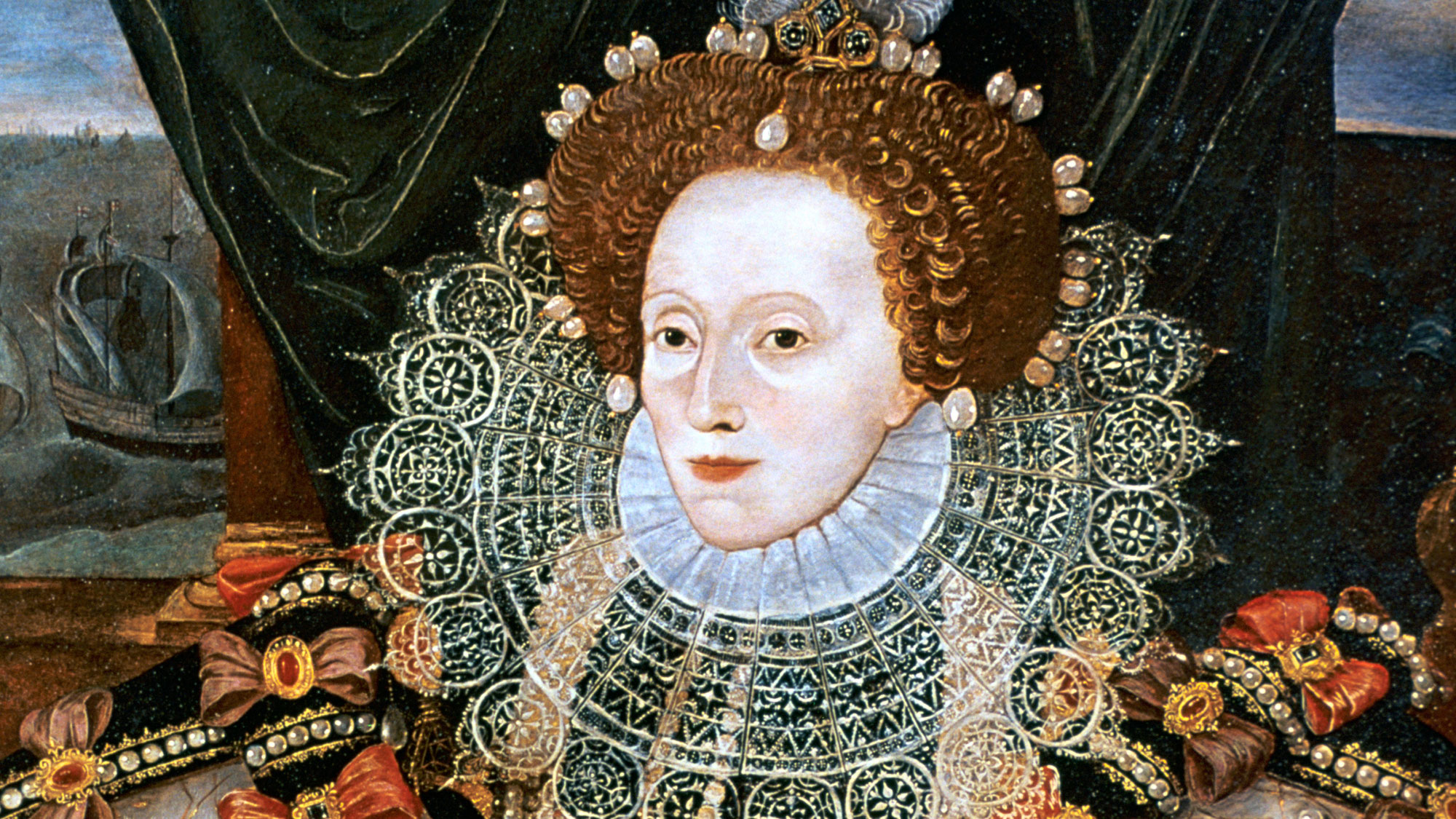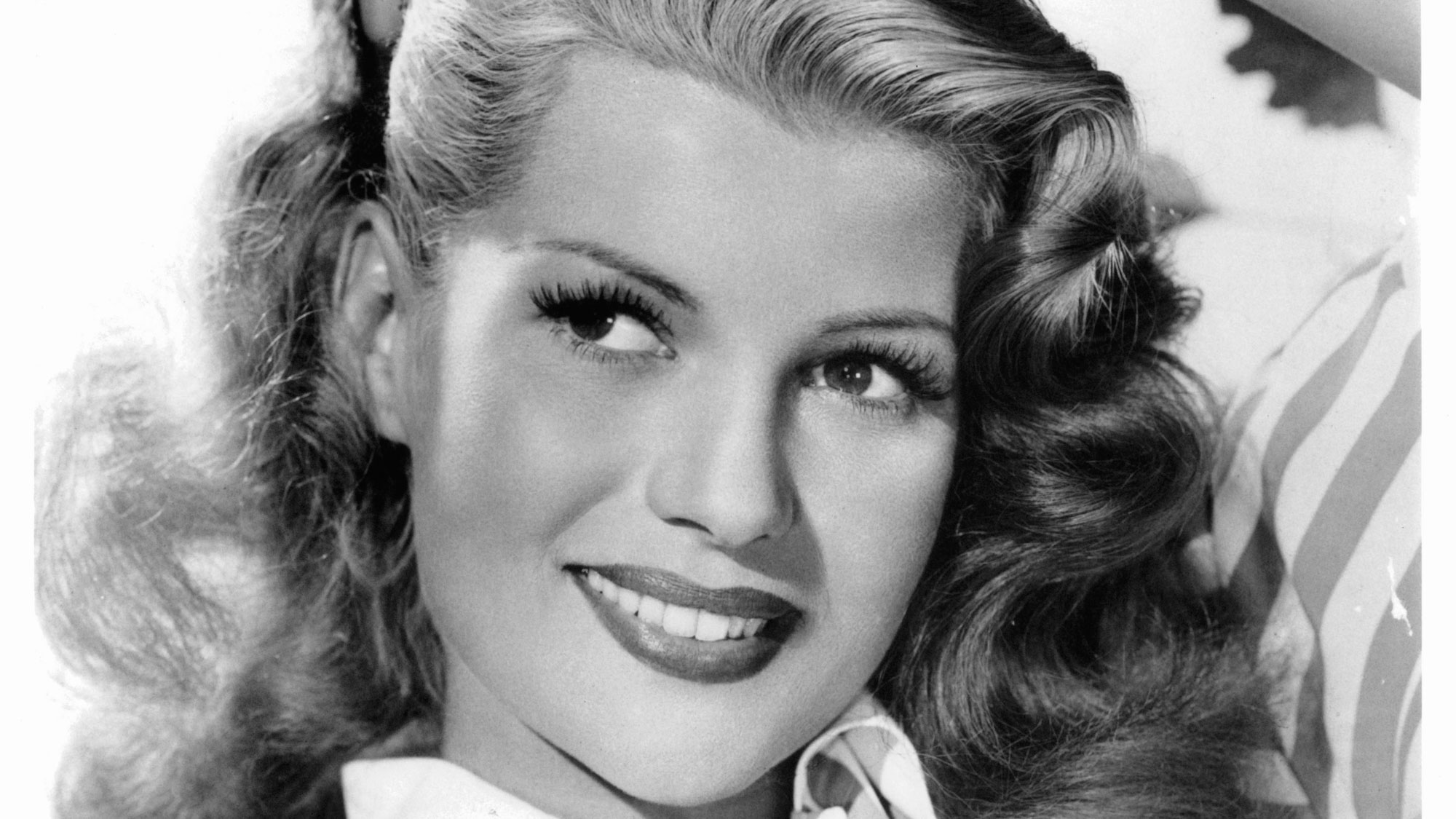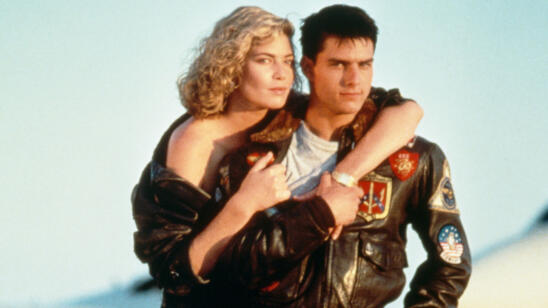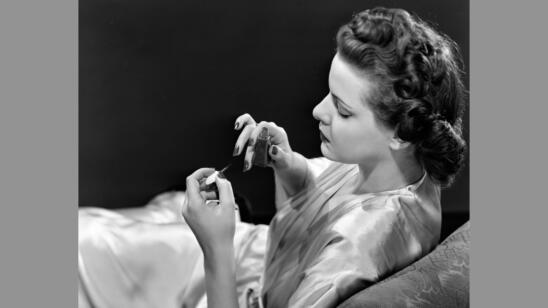The origins of lipstick go at least as far back as 3000 B.C., when women in ancient Mesopotamia used crushed gemstones to color their lips. Ancient Egyptians of both sexes loved makeup, and Cleopatra herself supposedly mashed ants and beetles into beeswax to make the perfect red lip color. (If you think that sounds gross, consider this: Carmine — made from crushed beetles — is still a popular coloring agent used in many lipsticks and other cosmetics today.)
England’s Elizabeth I was another queen who loved her red lipstick. Her signature look was a powdered white face with bright red lips, which we suggest you DON’T try at home. By the 18th century, lipstick was considered to have supernatural powers — at least according to the British Parliament, which passed a law in 1770 that said a woman who “tricked” a man into marriage by wearing lipstick (or other cosmetics) could be tried for witchcraft.

Queen Elizabeth I of England brought lip rouge to the forefront with her pale white face, accented with a red lip. (Photo by Ann Ronan Pictures/Print Collector/Getty Images)
In the early United States, Revolutionary-era fashionistas took style cues from the French, whose upper-class ladies rejected the “natural look” favored in England. Even first lady Martha Washington had her own favorite recipe for lip rouge. (We won’t include it here, but let’s just say it involved lard.) The Sears Roebuck catalog ran some of the nation’s first ads for lip and cheek rouge in the 1890s, and actresses in early black-and-white movies loved lipstick — the darker the better — because it stood out on screen.
In 1915, Maurice Levy invented a game-changer: the metal lipstick tube. Before that point, lipstick came wrapped in silk paper, which was a real pain to throw into your purse. Levy’s invention led quickly to the next big advance, the modern swivel lipstick tube, patented by James Bruce Mason Jr. in 1923. An affordable luxury available to nearly everyone, lipstick remained a strong seller even in tough economic times. By the late 1940s, 90 percent of American women wore it, and that number jumped to 98 percent in the ‘50s, thanks to such glamorous starlets as Marilyn Monroe, Elizabeth Taylor and Rita Hayworth.

Rita Hayworth was one of many in actresses in the ’40s and ’50s to add lipstick for a pop of color in black and white films. (Photo by Columbia Pictures/Getty Images)
Beginning in the 1960s, offbeat lipstick shades like beige and white (Mod) and black and purple (punk) were shoving their way onto shelves alongside classic reds, pinks, corals and plums. In the ‘80s and ‘90s, glamour came back in a big way — and nothing is more glamorous than red lipstick. Madonna wore red on her “Like a Virgin” tour, supermodels slicked it on to stalk the runways, and RuPaul sported it as the inaugural face (and lips!) of upstart makeup brand M.A.C. Today, close to a billion tubes of lipstick are sold around the world every year, in tens of thousands of shades, but it’s still hard to beat a classic red. Just ask Cleopatra.


